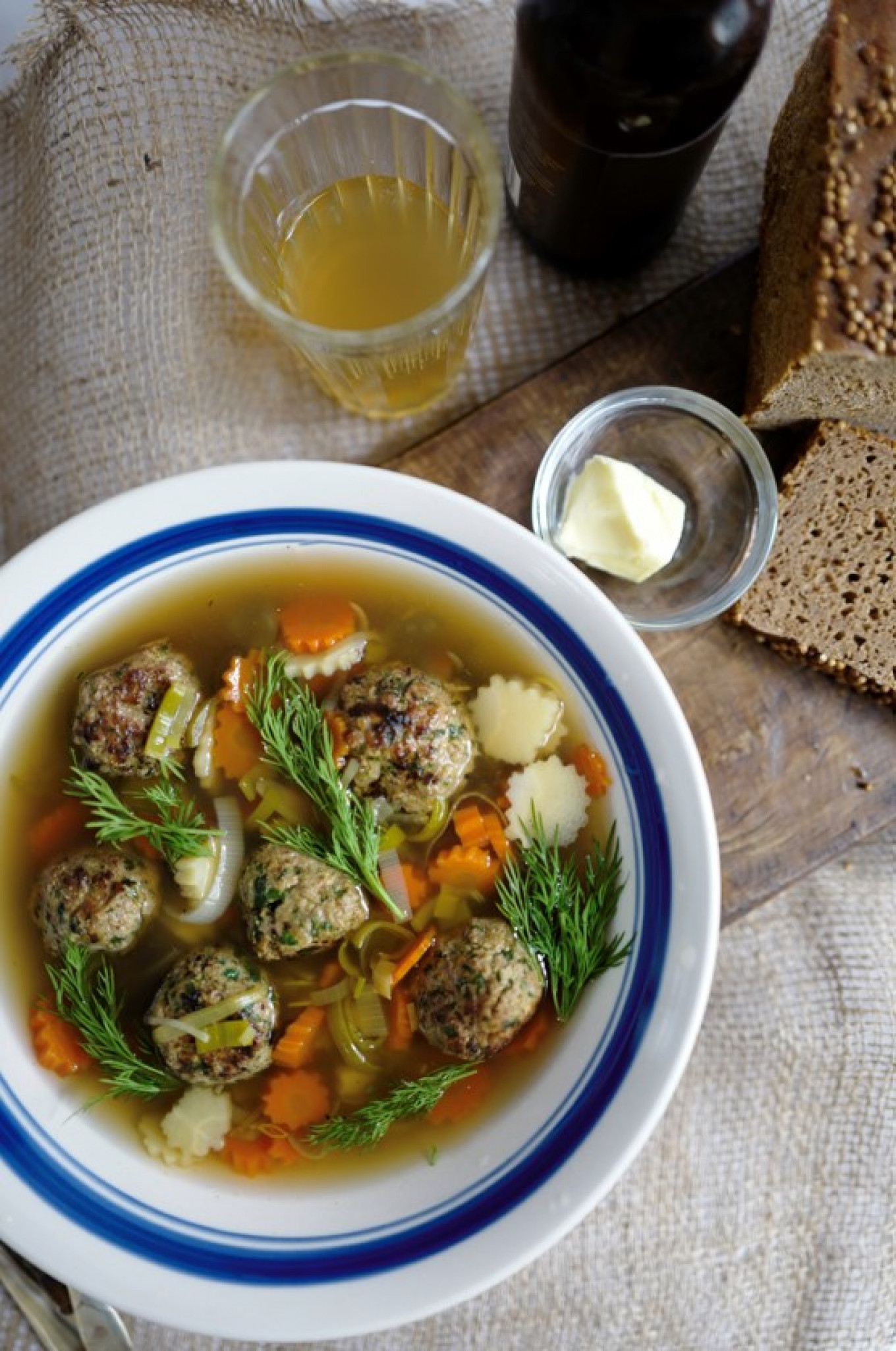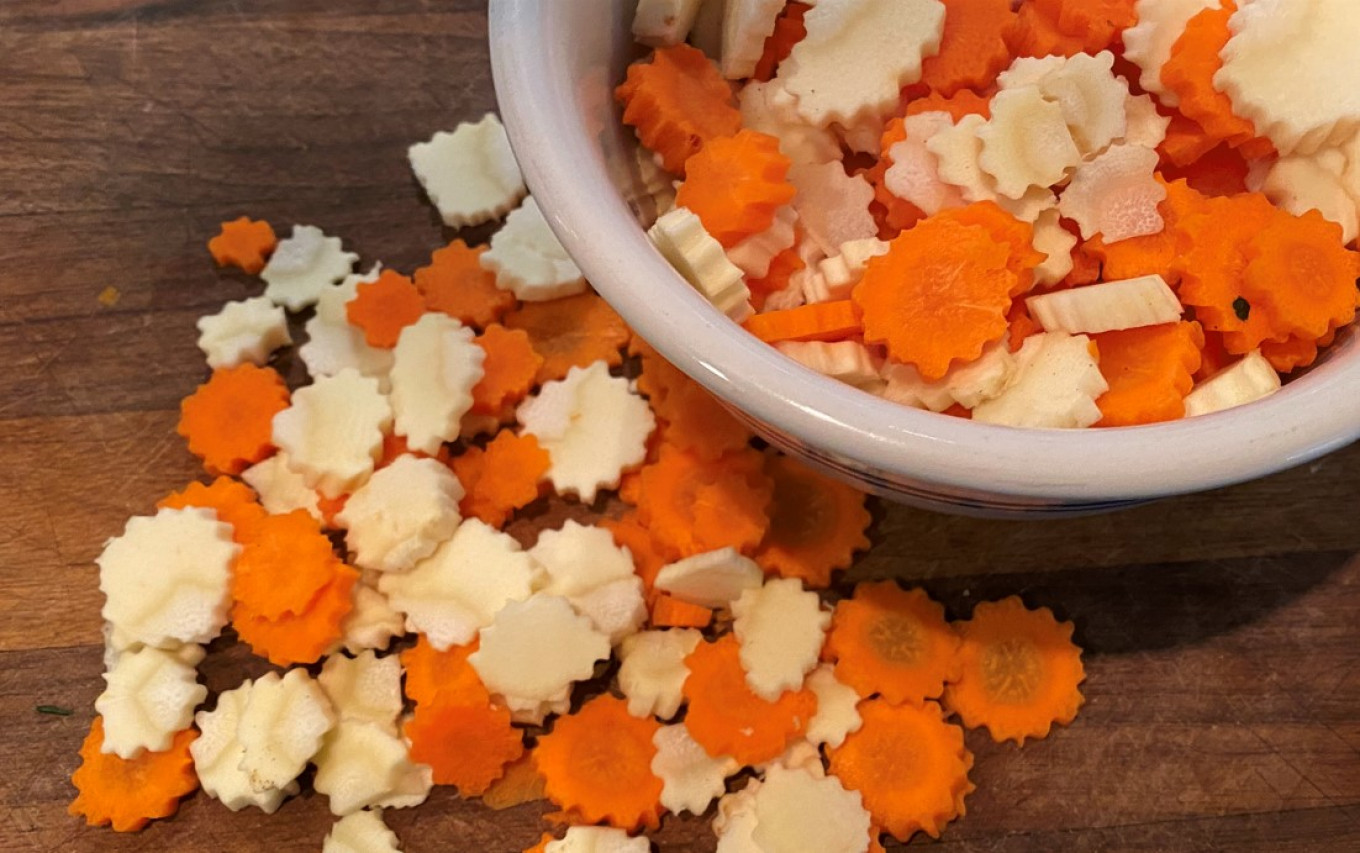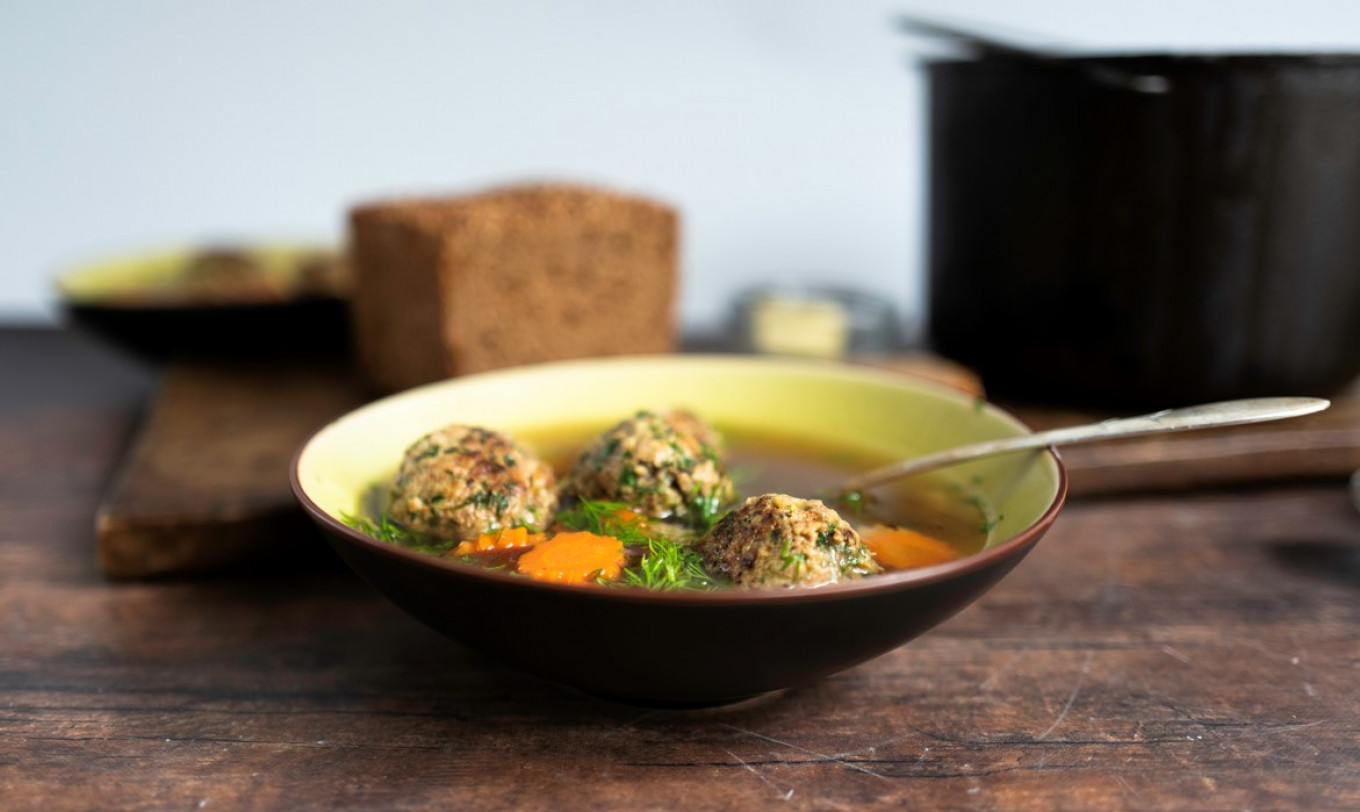“What’s your absolute favorite soup?” asked a non-foodie friend recently.
Only a non-foodie would ask something so inflammatory: it’s like asking someone to identify a favorite child.
But I wondered afterwards if it were feasible to determine my Top 5 Favorite Soups. I scratched a preliminary list on the back of an envelope and was able to give it more consideration as I battled insomnia several nights later. It’s a trick question really, because any one answer depends on far too many variables. If I’m feeling fragile, tortellini in brodo with lots of Parmesan; Matzoh Ball Soup, or spicy Won-Ton Soup — anything with pillowy, slurpy dumplings — will always be the cure. If I’ve been on a long walk in the snow with the dog, I turn to a steaming bowl of borshch with a generous dollop of thick sour cream and lots of chopped dill to thaw me out. Lunch al desko is always enlivened with one of the complex, tangy, and compelling soups of the Caucuses, with their unique blend of sweet and sour ingredients. When I am a reluctant spectator at a frigid sporting event, I always bring a thermos of creamy spinach and leek soup with lots of nutmeg and Aleppo pepper to keep me going. And when it is too hot to even contemplate cooking, a frosty glass of garlicky gazpacho or a cup of creamy, frothy okroshka is the most refreshing thing I can think of.
Until comparatively recently, today’s recipe would not have cracked my Top 50 Favorite Soups listicle, let alone the Top 5, but after a few months of fiddling, I wonder if it isn’t a contender for the Top 10. Estonian Frikadellisupp is that country’s iteration of the Baltic littoral’s intense obsession with meatballs. Each country in the region boasts a ground meat patty, from Russian and Ukrainian kotleti to Sweden’s iconic köttbullar, elevated to global stardom by IKEA, Poland’s pulpety and klopsy, or Finland’s lihapullat. There is fierce competition over the origin of meatballs in the region, with legends as varied as King Charles XII bringing them back from Turkey, where he was exiled after waging war with Peter the Great, to the notion that they came from France, where they are enjoyed swimming in a rich creamy sauce. In many countries in Eastern Europe, including Estonia, meatballs that end up in soup are called frikadelles, to distinguish them from those meatballs that don’t, which in Estonia are called lihapallid, and are almost as delicious.

At its best, Estonian Frikadellisupp is the kind of soup that makes a meal. Its signature taste comes from the rich umami flavor of the meatballs paired with the sweetness of root vegetables and the tang of fresh herbs. Efforts to pin down a “classic” recipe for Frikadellisupp are frustrating, since this soup is nothing if not a thrifty “sweep the fridge” improvised recipe for stretching meat into a meal, by combining it with bread and anything else that might reach its sell-by date. I’ve had versions of Frikadellisupp with barley, potatoes, rice, and orzo as the main starch base, sometimes bobbing in a clear broth, and I’ve had several versions where the potatoes are pureed into stock for a thick, “stick-to-your-ribs” soup that veers closer to a stew. Seasonality, so much a factor in the cuisines of the North, also dictates the ingredients for each batch of Frikadellisupp: re-hydrated mushrooms, fermented cabbage, pickled vegetables, and smoked meat are common in the winter, while fresher, lighter ingredients will dominate in the warmer seasons.
Possible pitfalls when making Frikadellisupp are legion and fall into two general buckets: texture and taste. Dumping all the ingredients into a pot and letting them simmer on the stove for 4-5 hours, (as one recipe I encountered in the hinterland of foodie internet suggested) is a recipe for both textural and taste disaster. Cooking the meatballs in the broth — a common recommendation — often makes the soup too greasy, and, if the meatballs aren’t structured properly, they will crumble in the pot, completely defeating the purpose of meatball soup. Finally, Frikadellisupp is often far too bland and monochromatic because not enough care is taken with the meatballs, the broth, and the final flavor adjustments.

If you want your Frikadellisupp to earn its place in a Top Soup listicle, begin with a deep, flavorful broth: in the recipe below, I augment a rich, homemade chicken broth with just a few spices, aromatics, and vegetables to give it depth. Adding turmeric is not, perhaps, traditional for the region, but it turns the broth a deep amber color, and no color is more local than amber. Packing the meatballs with flavor ensures that they shine as the dominant flavor in the soup, and that it diffuses through the whole pot. It may seem like too much hassle to caramelize the onions first, but the umami blast they deliver to me is well worth time spent hovering over the frying pan. Finally, Estonians will no doubt cry foul when I admit I swap in parsnips for more traditional potatoes, but their sweet nuttiness introduces a subtle flavor layer that I find makes this version of Frikadellisupp really sing.
As with all my soup recipes, there is always scope to improvise. Peas, celery root, zucchini, fennel, mushrooms, and swede would all make interesting additions or substitutions. If parsnips aren’t to your taste, swap the potatoes back in, or experiment with barley or fregola as the starch. You can dial the sour element up or down depending on your taste, and parsley chopped with horseradish would make an excellent garnish in place of the dill.
Can you make a vegetarian version of Frikadellisupp? Yes, technically you can, but it won’t have the same essence. Substitute well sauteed mushrooms for the ground meat and use vegetable broth instead of chicken.
After a few months of tweaking and testing, Frikadellisupp has certainly climbed up the charts, and is now firmly entrenched in my Top 10 Favorite Soups. And the more I make it, the higher it climbs. See where you might rank it!

Estonian Frikadellisupp
Ingredients
For the meatballs
- 2 small yellow onions, thinly sliced on a mandoline
- 2 tinned anchovies, or 2 tsps. of anchovy paste
- 1 Tbsp olive oil
- 1 Tbsp brown sugar
- 1 tsp salt
- 1 clove garlic
- ½-cup (120 ml) finely diced parsley
- 1 tsp fresh thyme
- ½-cup (120 ml) fine bread crumbs, made from fresh bread with the crust removed
- 1-½-lbs (680 grams) of a mix of ground pork, beef, and veal (veal is optional)
- 1 tsp ground nutmeg
- 1 tsp sweet paprika
- 1 egg
- 2 Tbsp vegetable oil for frying
For the soup
- 2 quarts (2 liters) homemade chicken stock
- One 2-inch knob fresh turmeric, sliced in half
- 2 bay leaves
- 2 leeks, the white and pale green parts sliced into very thin half moons
- 3 medium-sized carrots, peeled and cut into a small dice
- 1 sour dill pickle, cut into a fine dice
- 3 parsnips, peeled and cut into a fine dice
- ½-cup (120 ml) sauerkraut finely chopped, with its juice
- ½ cup (120 ml) fresh dill to garnish

Instructions
Make the stock
- Simmer the chicken stock with the turmeric and bay leaves for 45 minutes.
Make the meatballs
- Heat the olive oil and anchovies in a large skillet over medium heat until shimmering. Add the onions, lower the heat, and sauté for a total of 20-25 minutes, stirring to ensure that the onions do not scorch. After they go limp and take on a golden color, add the brown sugar and salt and continue to sauté on low until the onions are dark brown, very silky, and slightly sweet. Set them aside and cool to room temperature.
- Combine the thyme, parsley, and garlic into the bowl of a food processor fitted with a steel blade and process until finely chopped. Add in the cooled onion mixture and pulse until the onions are finely chopped and the mixture is incorporated.
- Tip the herb and onion mixture into a non-reactive mixing bowl, then add the remaining spices, egg, and breadcrumbs. Knead together gently with clean hands. Add the ground meat and knead together until combined. Do not overwork. Use wet hands to form small meatballs approximately ¾-inch (1.9 centimeters) in diameter and place them on a baking sheet lined with parchment. Refrigerate the meatballs for at least 30 minutes before cooking.

Cook the meatballs
- Place a heavy skillet over medium heat and add the vegetable oil until shimmering. Add the meatballs to the skillet, working in batches to avoid crowding the pan. Allow the meatballs to brown on each side for approximately 2-3 minutes.
- Remove the meatballs to a paper-towel lined plate to drain.
Assemble the soup
- Remove the turmeric before bringing the broth back to a gentle simmer. Add the sliced leeks, carrots, parsnips, and fermented cabbage, then cover and simmer on low heat for 25 minutes, or until the carrots are pliant.
- Uncover the soup, add the meatballs and heat through.
- Garish with dill just before serving.
Note on salt: I find the meatballs add enough salt to a well-constructed chicken stock, and thus I don’t include any additional salt in this recipe. Do taste the final soup before serving and adjust the salt content to your own taste.

Leave a Reply